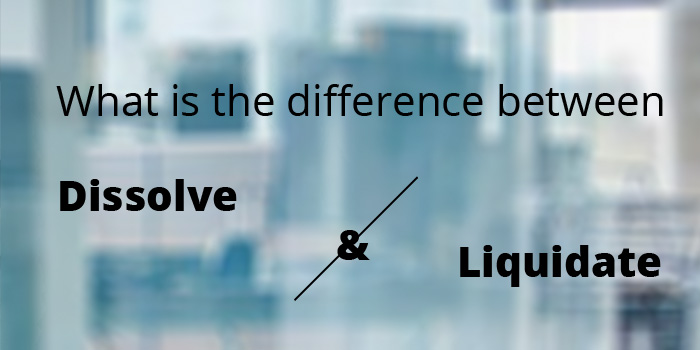The term dissolve and liquidate can be easily confused because it means the same thing when it comes to actions, in the business world. However, they are not exchangeable terms. Here we highlight the key differences.
What is dissolution?
The end of a company as a legal entity is called dissolution. Dissolving is the process of striking off or removing a company from the Companies House register. It is applicable to situations where a company has served its purpose in full or has become surplus to requirements.
Also, it is carried out if the company is no longer active/trading and it is unlikely to be needful in the future. The director of a company can choose to dissolve his/her company by completing a DS01 form.
When can a company apply to be struck off?
Company dissolution can be done if the company:
- Has not traded or sold any stock in the last 3 months
- Has not changed names in the last 3 months
- Have no debts or agreements in place with creditors
However, Companies House also has the rights to dissolve a company for non-compliance. Non-compliance means:
- Not having a director in order
- Failing to file annual returns
- Failing to file annual accounts
What happens next?
Once the dissolution process is initiated, the request for the company to be struck off will be published as a notice in the local gazette. If no one objects, then the company will be struck off from the Companies House register once the 2 months mentioned in the initial notice had passed.
A second notice will be published in the Gazette – and it serves legal declaration of the company’s dissolved state. It will remain in the Companies House register marked as “dissolved” and stay this way for 20 years. From this point forward, it will be archived and will no longer be present on the register.

